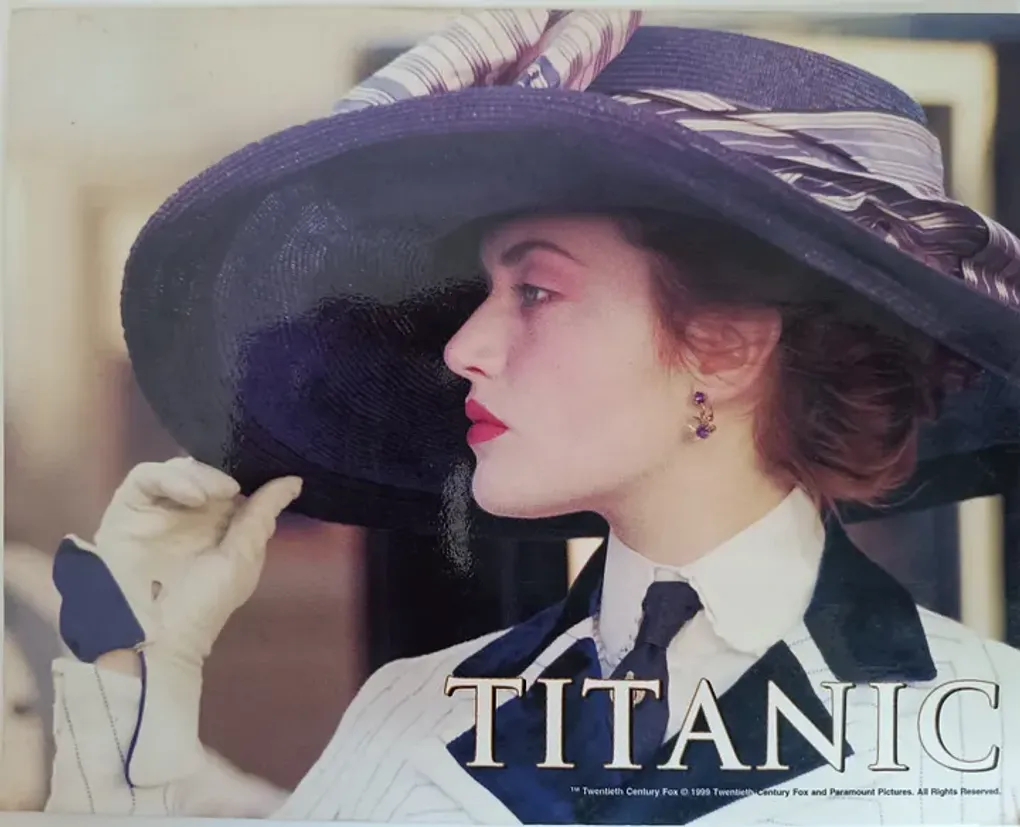
Titanic: 25 years and more
Since I first saw Titanic when it was originally released, it has been my all-time favourite movie. I was enthralled with the opulence, the clothes, the historical aspect, and the ship itself; it was simply amazing. We might give the synopsis that the film is about a boy and a girl who met on the ill-fated ship. Will their love survive? I would say it did, against all chances, and it endured forever.
Water is, of course, the primary element in the film Titanic. From the opening title sequence to the closing credits, the film revolves around the element, and as a result, emotions also play a major role. The film explores a variety of emotions, and even the title track, My Heart Will Go On, is a meditation on the subject.
In Bharatiya Natyashastra, the Indian treatise on plays and performing arts, there is the concept of Navras, particularly in classical Indian dance and traditional theatre. “Nava” means nine, and “Rasa” means essence or emotion. The Navarasas represent nine fundamental human emotions or sentiments that are expressed through facial expressions, body language, and various artistic elements.
The nine Navarasas are:
- Shringara (love or beauty)
- Hasya (Laughter)
- Karuna (Sorrow)
- Raudra (Anger)
- Veera (Courage)
- Bhayanaka (Fear)
- Bibhatsa (Disgust)
- Adbhuta (surprise or wonder)
- Shanta (Peace/Tranquility)
These emotions form the basis for the portrayal of various characters and stories in traditional Indian art forms, contributing to the rich cultural heritage of the country. These emotions are either performed by the artist or the emotion is developed in the audience through their performances.
If I were to interpret Titanic through this lens, it would begin with Adbhuta Rasa (Surprise or Wonder), in which you are astounded by the engineering marvel that is the ship; next, there is Hasya Rasa (laughter), in which you witness the contrasts between society and the first exchange between Jack and Kate; gradually, the script leads you to Shringara rasa (love) through the bond between the main characters; following the iceberg, you see Bhayanaka (fear) on the screen; and ultimately culminate in Karuna (sorrow) for those who perished. In addition, I would say that the last scene, in which Kate passes away while sleeping, depicts the Shanta Rasa (calm or tranquilly), in which she has at last found peace with her beloved.
Brock Lovett, portrayed by Bill Paxton, remarks in the climax, “I never experienced or felt it until now.” You can sense Brock’s spectrum of emotions, as told by Kate in her tale.
After 25 years, my grasp of Indian philosophy and Jungian psychology has given me a new perspective on the film, which I recently saw in theatres, 25 years after its initial release. I regard Jack and Kate as two individuals who not only wanted to follow their hearts but also their own nature or calling, and even though they knew that the decisions they made would result in their deaths, they went forward with them. When Roses’s mother taunts Jack by asking him how you can live in such a rootless existence, he gives a monologue ending with ‘Make every day count’.
In Chapter 3 of the Bhagavad Gita it is written, “Swadharme Nidhanam Shreya, Pardharmo Bhayavaha,” which translates as, “It is better to die following your own nature than to copy someone else’s.” The film powerfully emphasises this point.
In the movie, Rose initially became engaged to the business tycoon as advised by her mother, but she did not like this society, and she ridiculed it whenever she could. She was also a bit rebellious, going away with Jack at night for the other party on the lower decks. Despite her heart’s desire, she was doing the logical thing by marrying a tycoon. But in the second half of the movie, she made choices by following her heart. Her decision to jump from the lifeboat as it was sinking was stupid, even according to Jack, but she decided that it was better to be with him for the next hour and possibly die with him than to survive in the last lifeboat leaving the ship. Andrew Thomas, the shipbuilder, warned her that there are very few lifeboats; she was aware of this, but she chose to follow her feelings, which could lead to her death.
Now, that does not mean that all of us should jump to our deaths like Kate did, but those of us who are more emotional, more feeling-oriented, and more heart-centered should trust their heart’s calling as much as a thinker trusts his brain; Soren Kiekergaard refers to this as a leap of faith, and Carl Jung also said that Feeling-type people should trust their feelings more.
The movie is a timeless classic, a masterpiece by James Cameron, and his treatment of the water element and all the motifs around it is excellent. Water gushes and makes its way wherever it can find a place, and so the ship sank when the iceberg made a crack in its body. Our feelings too gushes into and make space in another person’s heart, giving rise to emotions that live forever and timelessly.